A design staple in dining rooms
The chandelier is the most classic of all dining room lighting fixtures. Because they were once heavy and expensive, chandeliers have traditionally held court only in the dining room and foyer which are the most formal areas of the home. Dining rooms and chandeliers go hand in hand. While the chandelier design has evolved over the centuries to accommodate both formal and casual decors, modern dining rooms have taken on more roles as well. They serve many purposes beyond simply being a place of enjoying cuisines. A modern dining room is a place where a big part of our life unfolds. It is a place of hospitality to family and friends where conversations flow freely and everyone is invited to be relaxed and recharged. Suspending a chandelier over a dining table remains a design staple. The expanding array of chandelier designs can challenge any dining room decor, whether it is formal or casual, traditional or modern.
Layer the light
Chandeliers are decorative fixtures that set the tone of the dining room and inject your personality into the space. They are the final statement pieces of the room decor as well as the finishing touch to the overall context of a layered lighting design. Interior lighting is frequently composed in layers of ambient lighting, accent lighting and task lighting. Proper layering of the three lighting types maximizes the use of each space and helps create an attractive and comfortable environment. Ambient lighting fills the dining room space with a soft level of overall light which takes care of the basic visual requirements. Task lighting provides an extraordinary amount of light to support visual performance. Accent lighting provides visual separation to create points of focus, which can be artwork, sculptures, wall hangings, and outstanding architectural features.
Ambient lighting
Ambient lighting establishes the “base” layer in a thoughtful lighting layout. It can be accomplished with chandeliers, pendant lights, ceiling lights, wall-mounted fixtures, recessed downlights or track lights. While other types of light fixtures do a good job in providing ambient lighting, they usually fail to replicate the decorative flair and commanding power of chandeliers. Having a central source of ambient light from a chandelier is fundamental to a good dining room lighting plan. In addition to providing visually attractive illumination, chandeliers present a compelling design that is often a beautiful mix of geometric and artistic efforts. These gorgeous ceiling fixtures make a stunning focal point that is sure to fascinate and delight, as well as to inspire conversation over the dining table. Chandeliers add an extra decorative layer to dining room lighting. They are able to capture attention, spice up the space and make visual statements in a way that many other light fixtures can’t.
Task lighting
Dining room chandeliers often serve double-duty as task lighting. Dining rooms are used for many tasks, i.e. doing homework, paying bills, copying recipes and reading letters, in addition to dining. Since chandeliers are usually the sole light source over a dining room table, these suspended fixtures are required to be as much functional as they are decorative. For this reason the fixture design should address the task lighting needs as well. The chandelier must be able to provide high level of task illumination to prevent eyestrain and free of glare and shadows when it is used to illuminate the dining table for a specific task. Although downlighting chandeliers can work well for task lighting, indirect lighting with dimmable uplights offer excellent glare control and visual comfort while providing the flexibility to switch between ambient and task lighting.
Bring together form and function
Despite the challenge of designing chandeliers that encompass functionality with style, dining room chandeliers can be found in any decor style from traditional to contemporary. The extravagant or ornate traditional chandeliers draw upon time-honored motifs from European style lighting. Elaborate details, layers of scrolling arms, and candle style lights reflect the timeless quality of romance and elegance. Transitional style is a measured balance of various elements taken from traditional and modern designs. Rustic design thrives on organic elements in their most natural state and conveys a natural look that helps create a calm and peaceful environment. Modern chandeliers embrace aesthetic minimalism and celebrate the absence of superfluous ornamentation and ornate detailing. Contemporary style is fluid as trends change. Chandeliers of this style are defined by smooth lines, geometric shapes, and neutral colors with the occasional bold accent. Crystal chandeliers transcend fashion trends and have timeless allures. Dining room chandeliers adorned with sparkling crystals exude an intriguing charm that fascinate people of every age.
LED retrofits
Chandeliers of traditional and transitional styles draw much of their aesthetics from light bulbs, especially candelabra bulbs which look like candle flames. This design tradition has been well reserved in the era of solid state lighting. LED filament lamps that are designed to emulate the corresponding types of incandescent bulbs deliver the look and ambiance of their traditional counterparts while offering tremendous energy savings. However, retrofit LED lamps are not an effective use of LED technology. Many variables such as efficiency, color stability, color rendering, lumen maintenance, dimming performance and flicker control are compromised due to the space constraints of light bulbs and aggressive cost control. LEDs, as semiconductor devices, have to be operated in a controlled environment which requires rigorous thermal and electrical engineering.
Integrated design for product excellence
While dining room chandeliers of conventional designs will continue to use exposed lamps as a decorative element, the trend toward integrated design of LED systems is irreversible. Integration of LEDs and their thermal, electrical and optical systems into the fixture design offers opportunities to unlock full benefits of LED lighting. System-level integration of LEDs maximizes active area for conductive and convective heat transfer, which prevents accelerated color shift and lumen depreciation. Integrated design allows to incorporate higher performance LED drivers that provide low ripple output for flicker-free lighting and excellent compatibility with the mainstream dimming protocols. As smart lighting and human centric lighting become critical features of interior lighting systems, the ability to build advanced controls and sensor technology into lighting systems becomes one of the most admirable benefits of integrated LED systems. Last but not least, designers can take advantage of LED’s small sizes and package-level optical control to create an infinite variety of original designs that unite style, function, and sophistication.

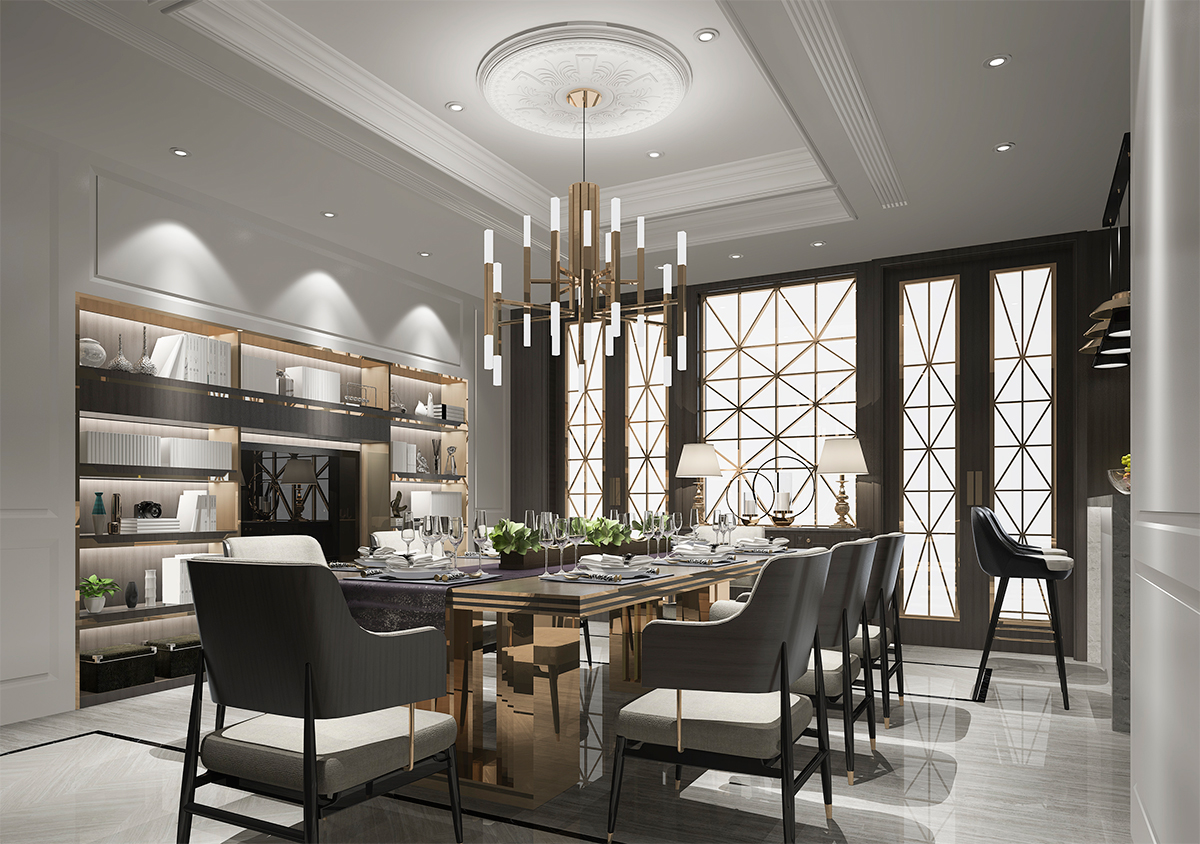
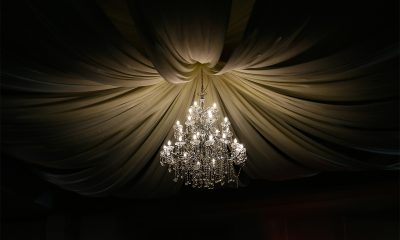
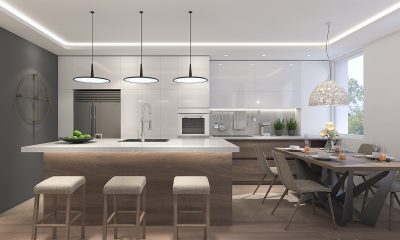
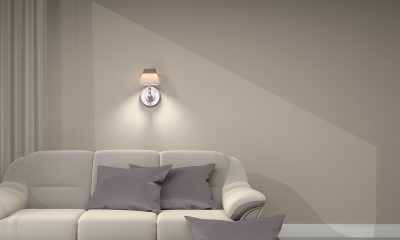

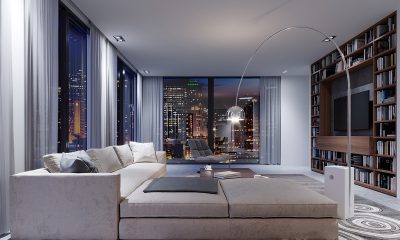

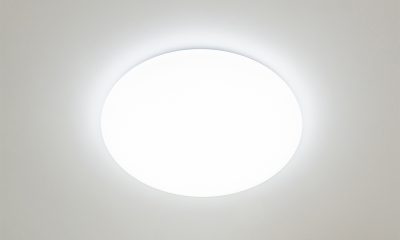
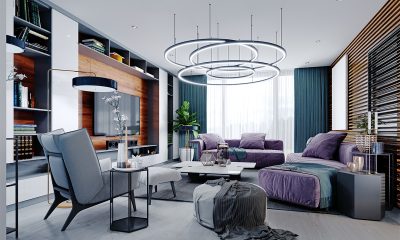
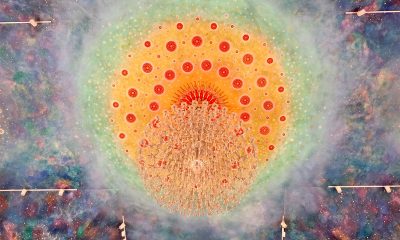
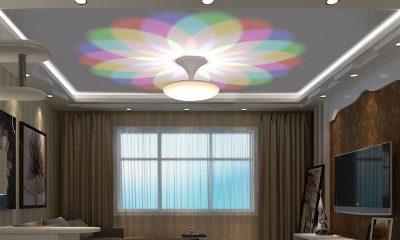
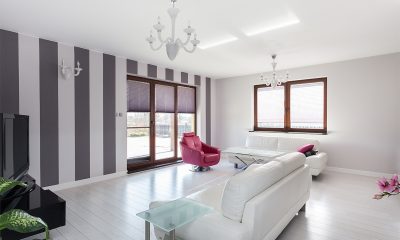
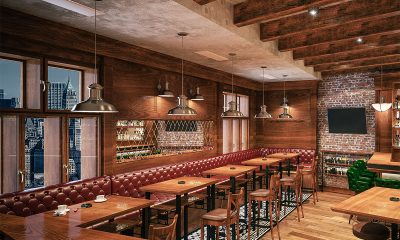





Loading...